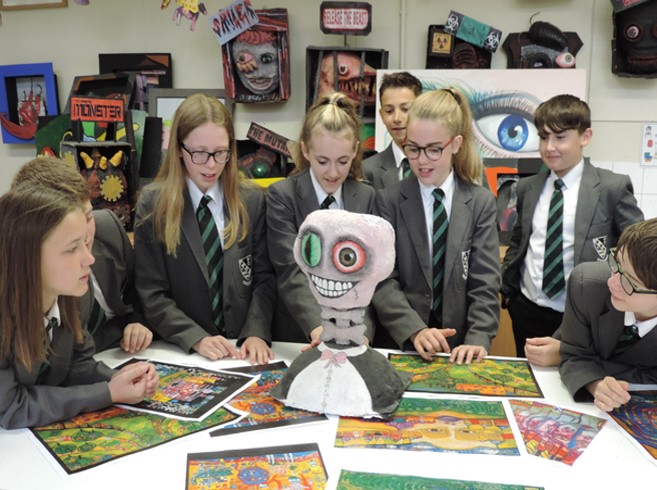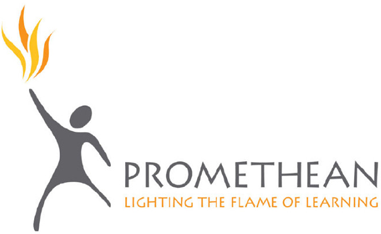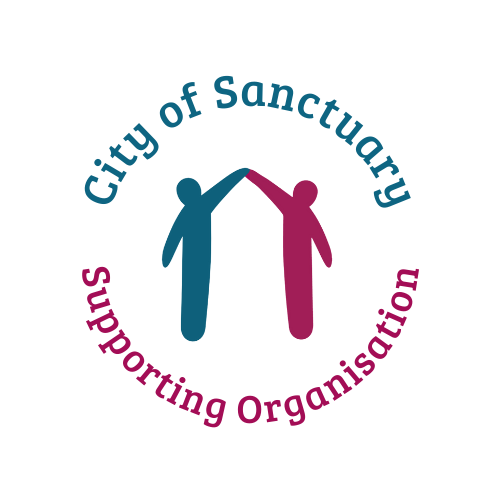 Art & Photography:
Art & Photography:
Subject Information Overview
Below is a visual overview of the content available on this page. Click the appropriate title to view the relevant section
Curriculum
Area Staff Curriculum
InformationCurriculum
OverviewExam information for GCSE
qualifications in this Subject AreaKnowledge
Organisers
Curriculum Area Staff
Lisa Johnstone (CAL Art)
Matt Hargreaves
Nicola Whattam
Should you require more information about this subject area please contact:
Name: M A Graham
Position: Curriculum Area Leader
Email: ag@selbyhigh.co.uk
Curriculum Information
The aim of the Art curriculum is to ensure that our learners develop an appreciation of how art can be a vital tool in the expression of human innovation, imagination and thought. We aim to develop our student’s understanding of how Art can serve a range of purposes, including representing nature and the wider world, expressing feelings, embodying formal beauty and conveying cultural ideas and beliefs.
Our curriculum is designed to develop a student’s ability to think imaginatively and creatively, equipping them with the skills to communicate visually using a range of materials and processes across a range of topic areas. Not only will students develop their ability to create their own artwork using a range of technical skills that will develop over time, we also aim to develop their knowledge of the techniques deployed by artists in their own artwork, understanding how and why these techniques have been chosen. Furthermore, we aim to develop our students’ understanding of how art is studied, discussed and judged by the wider community. Students will gain a wider understanding of how art has influenced cultures and societies over time and how art can impact our everyday lives including what we see on TV, advertising and in the many products we use or wear every day.
In year 7 learners will study the formal elements of art: Line, Tone, Shape and Form, Pattern and Texture, Space, Colour and Composition. These elements will be explored through a variety of activities, media, techniques and processes to develop their formal skills. Learning will be supported by contextual imagery from across art history and students will be able to make links and develop their wider knowledge and understanding of art history across time.
Moving into year 8 our students will study how art has taken inspiration from the world around us. Through a variety of foci, our students will study how the natural world can influence and inspire the work created by some artists. They will utilise and expand upon the techniques studied in year 7 to create unique and technical artwork using a variety of media. They will also explore how artwork can be used to express global cultures and diversity and take their own inspiration from this.
In year 9 students will study art under the theme ‘Fantastic and Strange’. They will explore how the theme of fantastic and strange has been the inspiration for many artists across history. Students will utilise their own research to create unique and technical artwork that deploys a range of artistic skills across several different media, including 3-dimensional sculptural artwork and digital media.
At GCSE, students will have the option of undertaking GCSE Fine Art. The techniques and artistic skills developed in the KS3 curriculum aim to provide the students with the solid foundations needed to be able to create unique and imaginative artwork with the technical skills needed to excel in the GCSE programme of study. We aim to instil a level of confidence and artistic proficiency in our students so that they feel empowered to explore their own artistic talents and creativity. We endeavour to nurture a life-long appreciation of Art and a love of studying it and creating it - not just in the classroom but in their future lives.
Curriculum Overview
Below is a summary overview of the topics and their content that will be studied in each term by each year group. For more information about each topic, get your child to visit learning journeys and resources on the school online learning platform - Ready Steady Learn.
| Year Group | Term 1 | Term 2 | Term 3 |
| 7 |
The History of Art - Pupils will explore art across time and place through a timeline and range of imagery. The formal elements of Art - Pupils will be introduced to the formal elements with specific emphasis on Line, Tone, Colour. Pupils will develop knowledge, skills and understanding through a range of practical tasks, media and techniques. |
The Formal Elements of Art - Focusing on Shape and Form, Pattern and Texture pupils will look at a range of inspiration and artists whilst exploring a wide range of media and techniques to produce work. |
The formal elements of Art - Space and Composition. Pupils will be introduced to composition and how space is used effectively in art through various practical explorative tasks. Cubism: Using the Cubist art movement as our focus pupils will explore artists, imagery, techniques and begin to explore their own creativity whilst combining all the formal element skills in their artwork. |
| Assessment details |
Assessment 1 will be a focused line and tone study which will be linked to end points and shared with pupils via an assessment grid. |
Assessment 2 will be informed by a study incorporating shape, pattern and texture, this will be linked to end points and shared with pupils via an assessment grid. |
Assessment 3 will be a Cubist final outcome in which pupils have demonstrated their knowledge, skills and understanding gained across all formal elements and contextual aspects. This will link to endpoints. |
| 8 |
The World Around Us - Animals and Nature Pupils will explore examples of work from artists who have taken inspiration from animals. Pupils will develop their refined observational and recording skills through both drawing and painting techniques and media. |
The World Around Us - Global Art and Culture Pupils will look at artwork across time and place with particular focus on countries and culture. Pupils will explore core artistic elements of artwork (medi, techniques, and formal elements) and will take inspiration from these to produce their own work and designs using drawing, collage and mixed media. |
The World Around Us - Pattern and Designs The exploration of patterns and designs within a chosen culture will be explored. Pupils will create designs using a range of media before producing a focused relief design which will be used across print and relief media. |
| Assessment details |
Assessment 1 - Following the completion of a range of studies and investigations, students will produce a final image combining their drawing and painting skills. The assessment grid will be linked directly to end points. |
Assessment 2 - A mixed media outcome will be produced to assess knowledge and skill gained from within all explored aspects. The assessment grid will be linked directly to end points. |
Assessment 3 - The exploration, selection and use of designs within pupils final print and relief outcomes will inform pupils assessment. Knowledge and skills will be directly linked to endpoints and assessment grids. |
| 9 |
The theme will be Fantastic and Strange. Students will create initial research on google slides. A series of drawings will be carried out of machine parts using a variety of different mediums. In the second half of this term students will create their own original images through collage. In the latter stages of this term students will manipulate their images using photoshop |
Students will grid up one of the collaged faces produced in term one. This will be enlarged onto grey board. Students will produce a painted/ mixed media outcome |
Students will create a 3-D cardboard head based on one of their original collaged faces in term 2. |
| Assessment details |
Assessment 1 - This will be based on the outcome produced in the drawing stage of the first half term. This will be linked to end points with assessment carried out via a self assessment grid |
Assessment 2 - This will be based on the final painted outcome. This will be linked to endpoints feedback given by the teacher using an assessment grid |
Assessment 3 - This will be based on the final 3-D outcome. This will be linked to endpoints with feedback given to pupils using an assessment grid |
|
10 Fine Art |
The theme will be Natural Forms. Students will initially produce drawing and painting outcomes. Some of these outcomes will lend themselves to the production of a ceramic outcome. |
The Natural Forms theme will continue with the focus being on 2 colour Lino Printing. Preparation drawings will be produced initially. |
Students will be focusing on Natural Forms Still life within an abstract context with research focusing on the abstract still life of Picasso, Juan Gris and Fernand Leger. |
| Assessment details |
Peer, Self and Teacher feedback. Formal assessment of range of drawn and painted outcomes linking with relevant Assessment Objectives. |
Peer, Self and Teacher feedback. Formal assessment of 3D Outcome linking with relevant Assessment Objectives. |
Final Marking of coursework. |
| 11 Fine Art |
Still Life - Artist focus - In the style of.. Students will set up and photograph their own still life. The resulting photographs will be manipulated into an abstract still life. These abstract collages will be manipulated further through drawing and painting to produce the groundwork for an original still life outcome. *Large Focused Still life outcome using appropriate/selected media.
|
Unit 2 - EST/Exam - Externally set task issued by the exam board - 7 questions/start points that pupils select from to inform their own investigation / project - Prep time Pupils employ all knowledge and skills developed and select appropriately from techniques and effects to explore and develop work leading to a final outcome plan. *EST Prep work - sketchbook |
Unit 2 - EST/Exam - 10 hours of Controlled time is allocated by the exam board for pupils to produce their final outcome/s (developed during prep time in term 2)
*EST Final Outcome/s |
| Assessment details |
Final marking of all coursework projects and outcomes. Holistically marked using Assessment criteria. |
Final marking of EST (inc prep work) |
Final Marking of EST (inc prep work) |
KNOWLEDGE ORGANISERS
A Knowledge Rich Curriculum at Selby High School
Research around memory suggests that if knowledge is studied once and not revisited or revised, it is not stored in the long-term memory. This means that after one lesson, or revising for one test, the knowledge will not be retained unless it is studied again. It won’t be recalled unless it is revisited frequently, which will embed it in the long term memory. In the long term this makes recall far easier. As part of home learning, students should be revising what they have been taught recently but also content they were taught previously. Therefore as part of our strategy to embed learning over time we have started to develop knowledge organisers across all year groups and curriculum areas. These will provide key content and knowledge allowing students to pre-learn and re-learn, a vital part of processing all the information required to be successful in the new style GCSE’s.
Instructions for using your knowledge organisers
KS3 = Years 7, 8 & 9
KS4 = Years 10 & 11
Below are the knowledge organisers for each topic in this subject. These knowledge organisers will become embedded in the Learning Journeys for each topic as they are created on Ready Steady Learn.
Exam information for GSCE qualifications in this subject area
Click each link below to view the full specification:
















